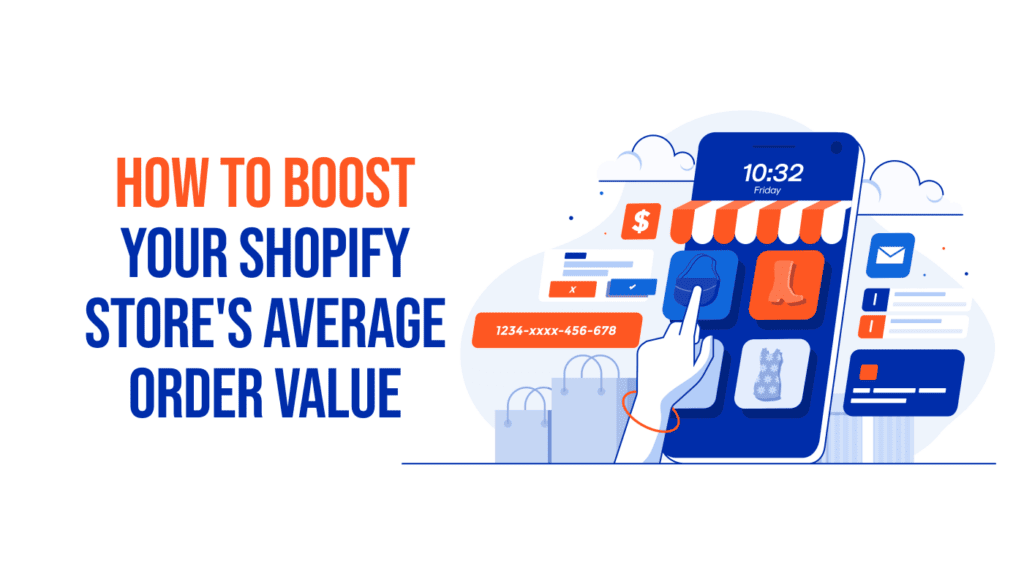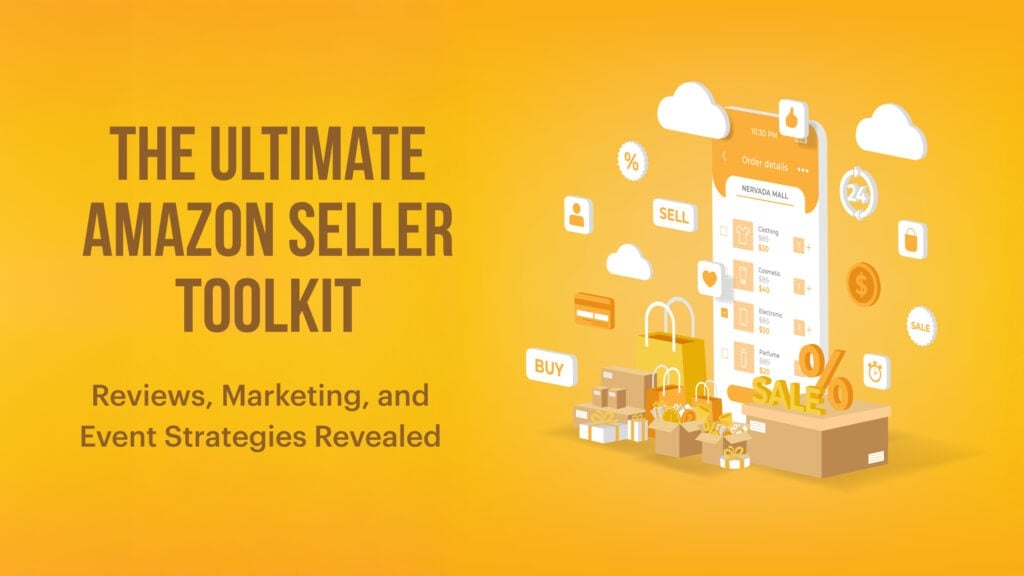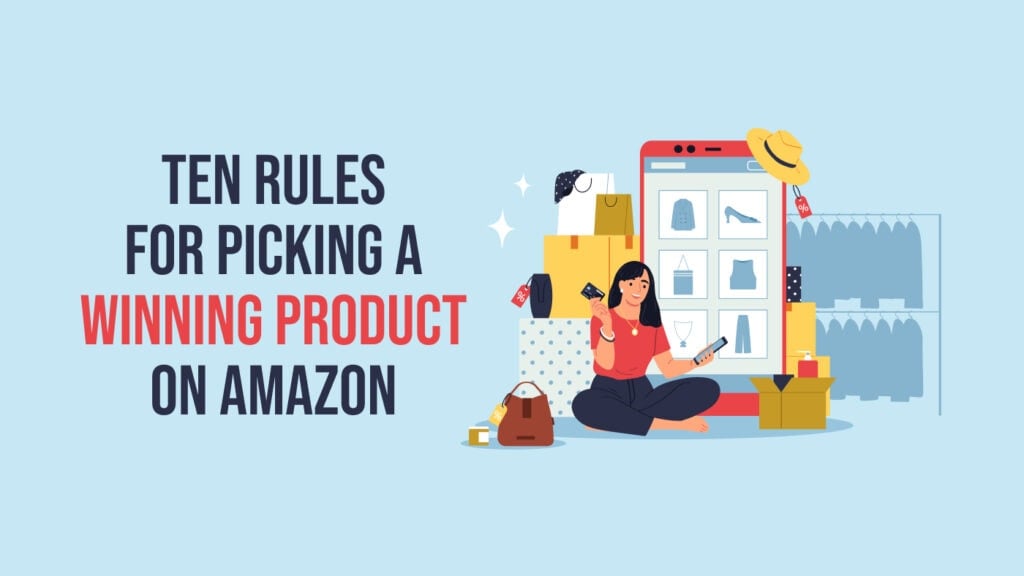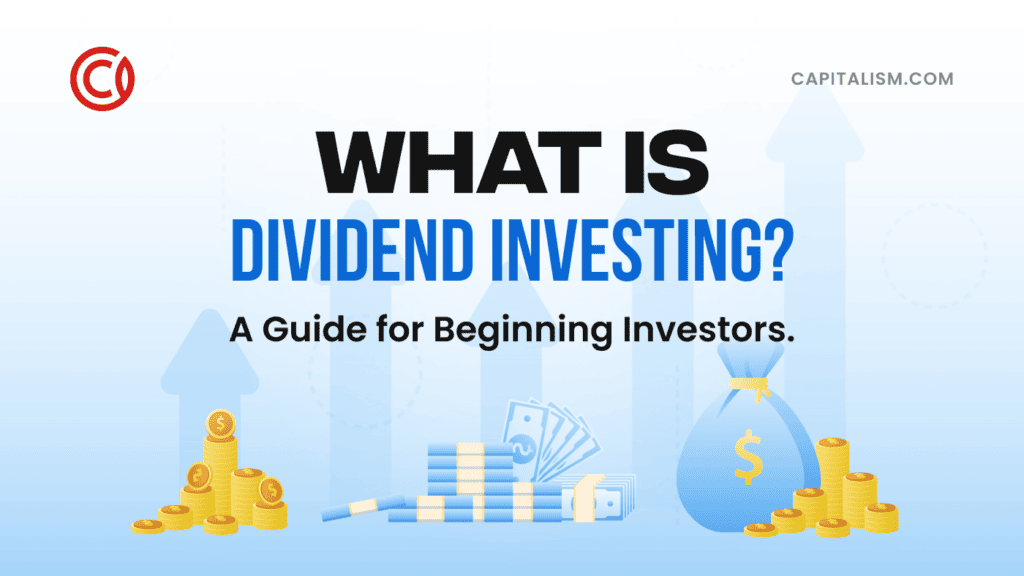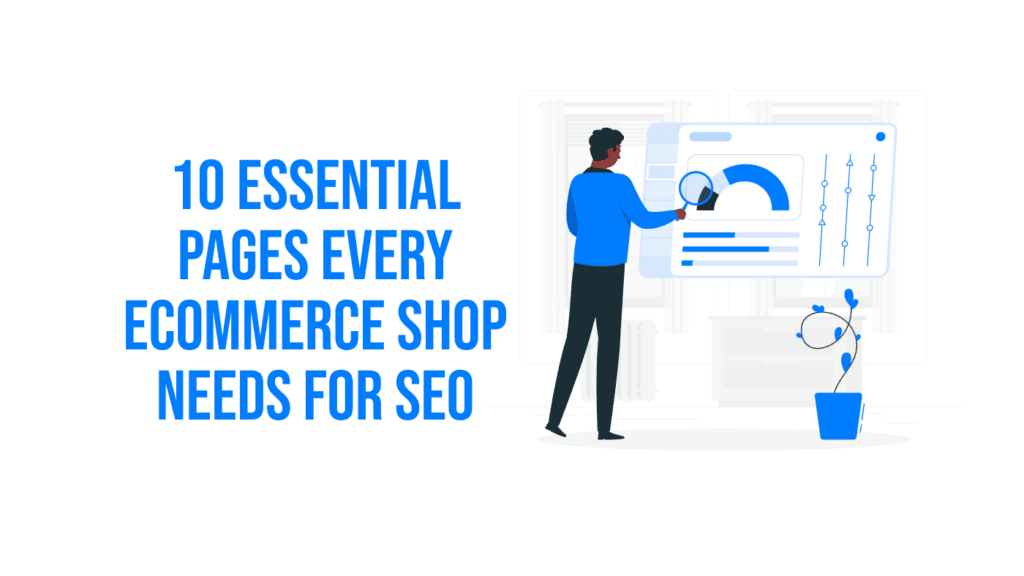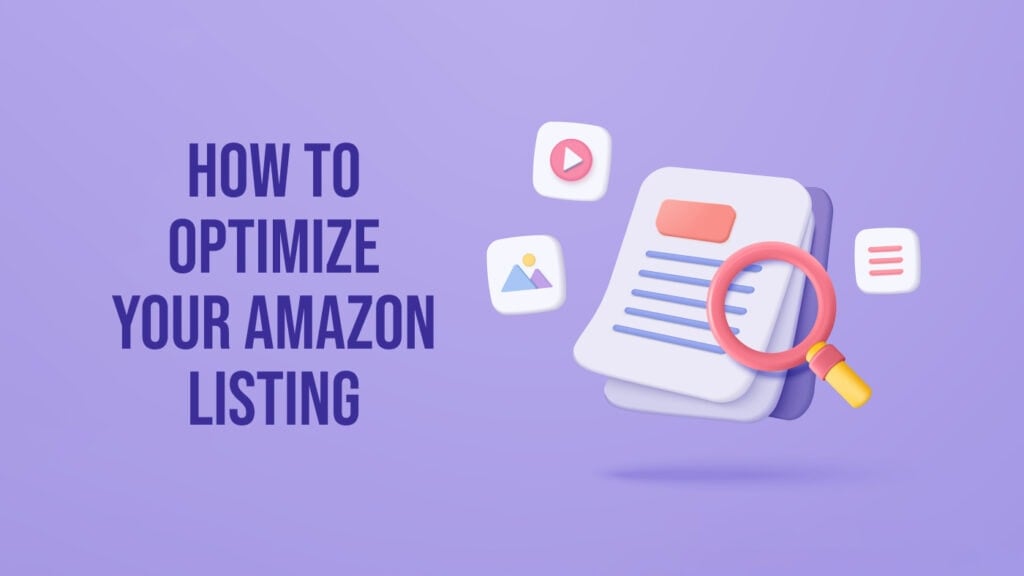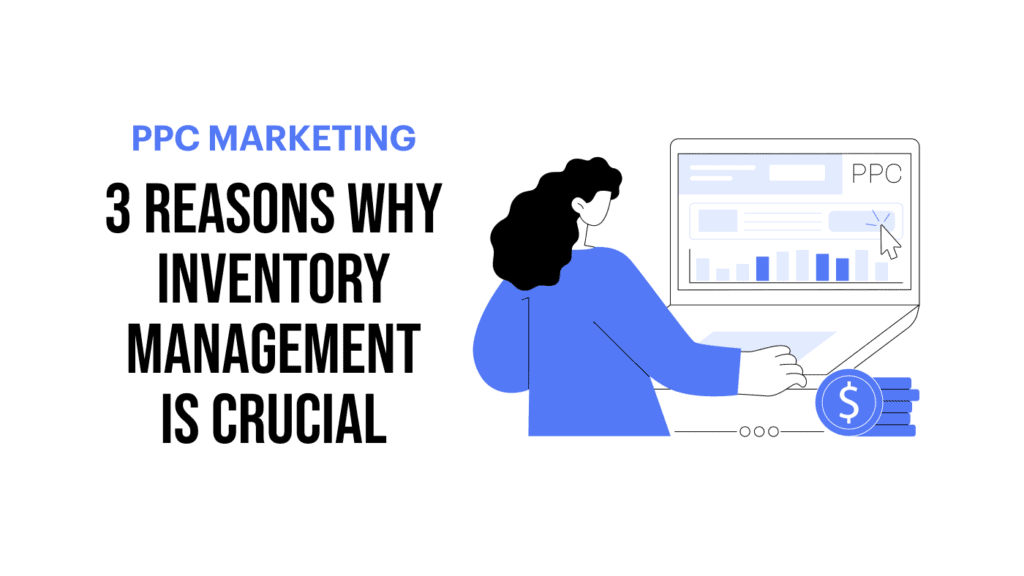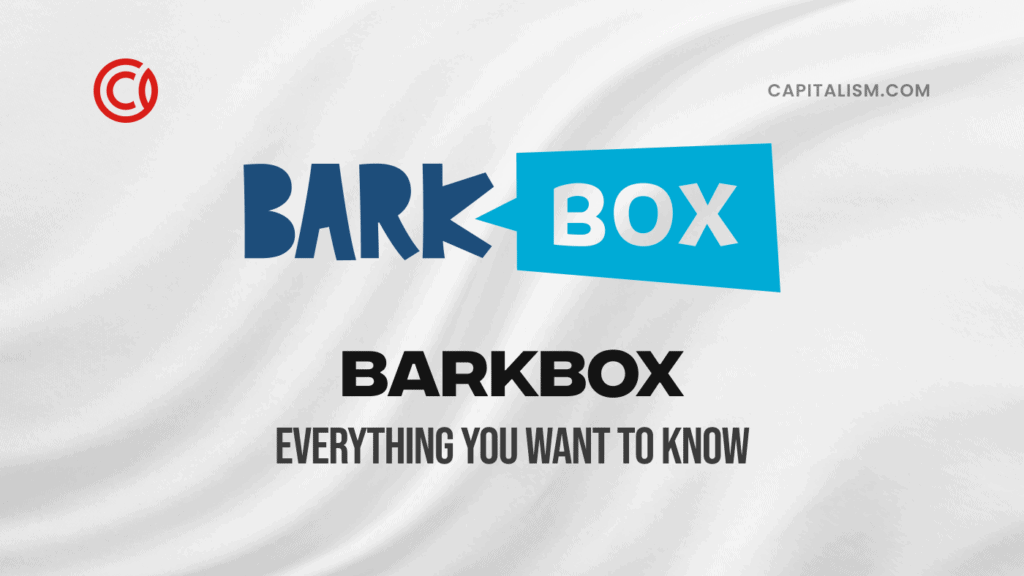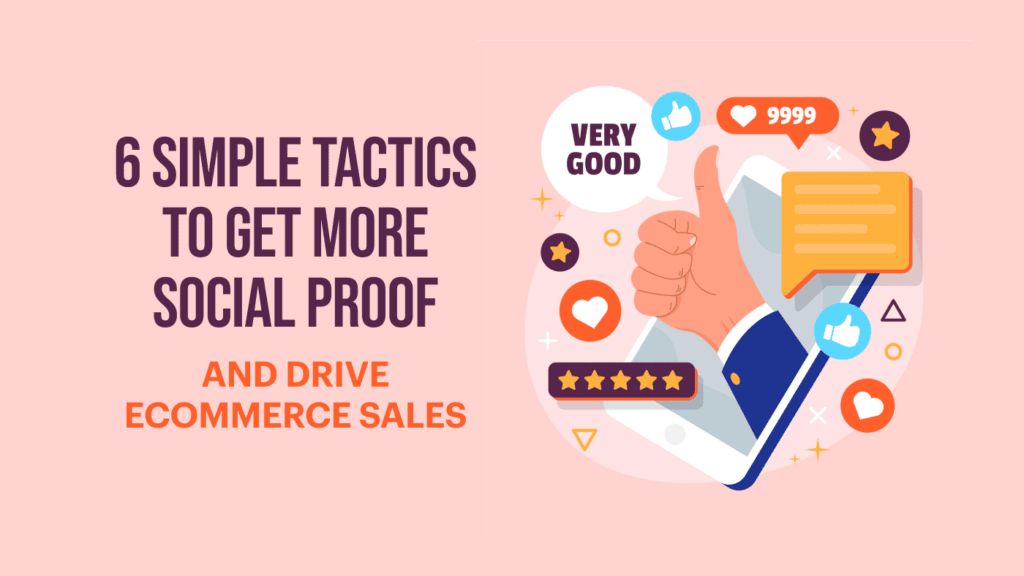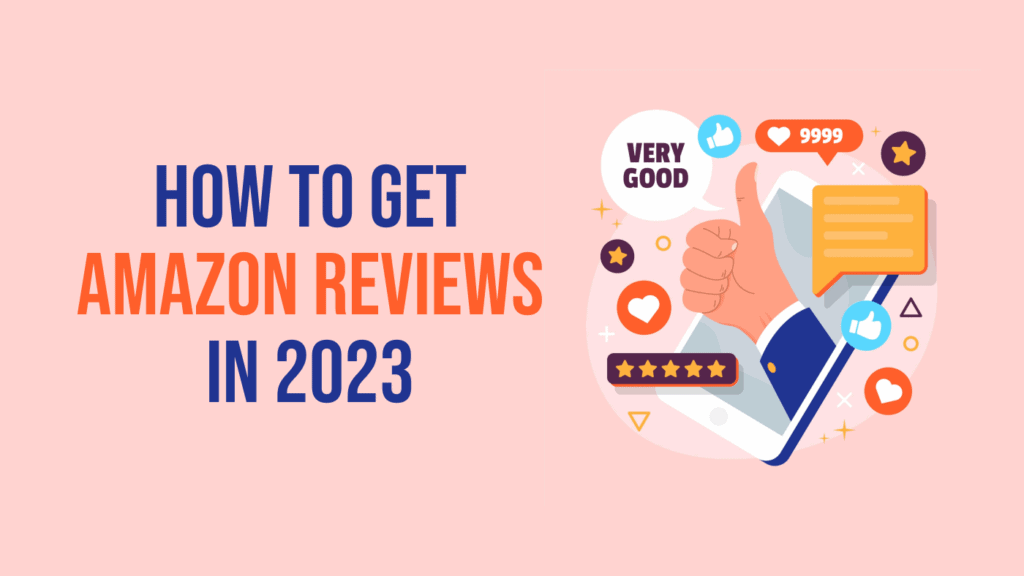Your Shopify store's Average Order Value (AOV) is a metric you should always be aware of. It's easy to work out; for any given period, simply divide your revenue by the number of orders. For example, if you sold $2300 of products in a month and had 67 orders, then your AOV would be $34.32. Thankfully you needn’t manually calculate this as Shopify has an in-built AOV sales report in your report dashboard.
As part of your pristine Google Analytics setup, you can create an accurateAOV report by going to Conversions > Ecommerce > Overview.
Google Analytics segments can be used with the example report above to understand how average order values differ for device, location, traffic source, or any other variable that is tracked.
If you can increase the amount that customers spend on average, you boost your profitability. You bear a cost bringing customers to your store, whether via paid advertising or investing in SEO. When you increase AOV, you can invest more in these channels. For Facebook Ads in particular, that means you can be more aggressive in bids and win the auction to beat out competitors. Who can pay the most to acquire the customer wins.
Here are some simple tactics you can use to increase your AOV.
- Be Strategic with Free Shipping
Online shoppers like to believe they are getting a good deal. When it comes to shipping, thanks to the retail giants like Amazon, it’s becoming the expectation that shipping should be fast and free. The psychology of how shoppers perceive free shipping can be surprising.
Forbes found in a survey that 84% specifically purchased something because it offered free shipping. 30% of shoppers also said they would add extra items to their cart if it qualified them for free shipping.
Use this concept to grow your AOV by increasing your price threshold for free shipping. If your AOV is $25, increase your free shipping requirement around 25 percent to $32. This will encourage customers to buy more items.
Here is an example in practice. Sandy Feet Australia sells sun safe swimwear and price the majority of their items between $20-$35. But to qualify for free shipping, you have to spend $40.
If 30% of shoppers’ add extra items to their cart to hit the shipping threshold, Sandy Feet is maximizing the value of each buying visit.
Think about adding a free shipping progress bar to your store too. Progress bars show how much a customer needs to spend to qualify for free shipping. By displaying this psychological target, you are incentivizing the shopper to buy more.
Free shipping progress bars can also help with one of the main reasons for shopping cart abandonment—extra charges added at checkout.
A free shipping visual cue has the dual benefit of raising your AOV and reducing cart abandonment.
There are several paid and free app options in the Shopify app store to easily manage such a bar. Here is an example of the kind of messages you can show on your store as a customer adds items to their cart.
- Learn from Fast-Food to Up-Sell and Cross-Sell
“Do you want fries with that?” McDonald’s servers always aim to increase a hungry customer’s AOV with this little slogan. It seizes on the precise moment a captive customer has chosen to spend money with them.
The customer is ready to eat, has their cash out, and needs to fulfil a desire. It's much easier to sell them additional products when they are in buying mode. ”Why not”, the customer thinks, and another 300 calories are added to their tray and another few dollars to the McDonald’s bank account for no extra cost other than for the product cost.
When you have a customer in buying mode, consider making the most of the opportunity by offering cross-sells and up-sells.
Cross-sell. A cross-sell is an attempt to sell a customer a product that complements the item they are buying. You might offer someone buying leather boots a matching belt, or a mattress shopper some pillows, for example.
In the Mcdonalds example, asking “do you want fries with that?” is a cross-sell.
Up-sell. An up-sell is the process of persuading a customer to buy a more expensive version of an item. When a shopper buys a MacBook, Apple highlights options for memory upgrades or a faster processor. The McDonald’s server might ask you “Would you like to go large with that?” That’s up-selling.
Here are some examples of cross-selling and up-selling in action on Shopify stores.
Black Rifle Coffee is a patriotic coffee retailer in the USA. Their shopping cart aims to increase AOV with cross-sells for other coffee blends and up-sells for gift packaging.
Galen Leather Co. sells handmade leather items, and uses cross-sells and up-sells for increased AOV on their product pages. They make it easy for the customer, who only needs to check a box to add extra products to their cart.
Try split-testing the design of how you present the offer, its location, the options provided and the timing. It’s always important to test to ensure your new strategy doesn’t distract or undermine your primary offerings, thereby cannibalizing other profit avenues or your brand’s reputation.
- Create Bundles of Value
A time-tested method to increase your AOV is creating a product bundle. A bundle is a combination of items at a lower total price compared to buying the products individually. The customer sees the offer as a good deal, and the store owner also wins with a more substantial order.
How do you pick items to bundle?
Take a leaf out of Amazon’s book. When you shop on Amazon, your cart often displays complementary products that are ‘frequently bought together’. You should already have some idea of the products you sell that go well together.
Also look at your analytics to see which products customers often buy together, and consider creating a bundle for them too. It's best if the products complement each other, though. Studies have shown that shoppers act more favourably to bundles of products that align with each other.
Large sellers can depend on algorithms to recommend products based on machine learning. Popular options include Nosto, Frequently Bought Together, and LimeSpot Personalizer.
Here is an example of a bundle created by minutemanstove.com. They sell everything you need to cook by fire outdoors in one handy package and let the shopper know how much money they are saving.
Perhaps your niche lends itself to creating a ‘starter bundle’. New customers often appreciate a starter bundle, which contains everything they need to get started.
Executive-shaving.co.uk creates a range of starter kits that introduces the wannabe traditional shaver to the hobby.
Many of the apps for creating bundles in the Shopify store have a free-trial period, so you can test them out first to see how it helps increase your AOV.
- More Expensive Products
The 80/20 rule implies that 20 percent of your customers account for 80 percent of your revenue. A further part of that 20 percent are ‘true fans’ of your brand, product selection, and customer service.
These shoppers are those that read every email you send, and are first in line to click when you run a sale. Increase your AOV from these customers by adding products to your range that are several times more expensive than the rest of your catalogue.
Black Rifle Coffee sells a French Press costing $149.99 to those ‘true fans’ who identify with the brand. An equivalent French Press made by coffee specialist Bodum retails for only $40 on Amazon.
Having more expensive products can also encourage other shoppers to buy a product at a lower price. It's called price anchoring. The best way to sell an expensive product is to display it next to an even more expensive one.
Here is price anchoring in action. The subscription plan highlighted as 'most popular' on the Candy Club store below is the one they are aiming to sell. Candy Club will take six-months cash upfront any day over the seemingly higher one-month price.
Image source: Shopify Blog
Conclusion
If you already have shoppers buying from you, the quickest path to more profitability is to improve your customer AOV.
Whether you do search ads, social ads, SEO, or rely on referral programs, getting more profit out of each channel creates a flywheel to improve the channel.. The tactics of free shipping, up-sell and cross-sell, bundling, and high-ticket items help you get more value from shoppers while helping them.
Bio: Joshua Uebergang is director of Digital Darts: a Shopify optimization agency that scientifically increases the profits of Shopify stores through search, social, and email. He's the creator of Clear Cut Growth for ecommerce stores, and author of several books you can download for free to grow your Shopify business.
https://www.youtube.com/@digitaldarts
